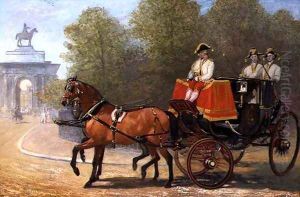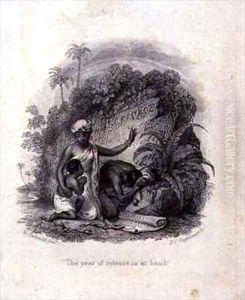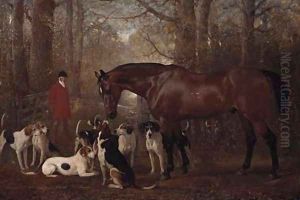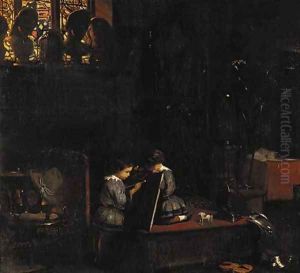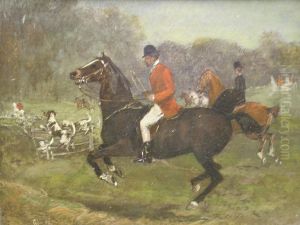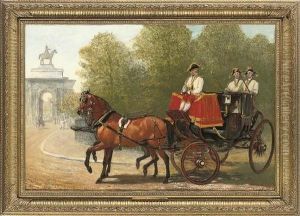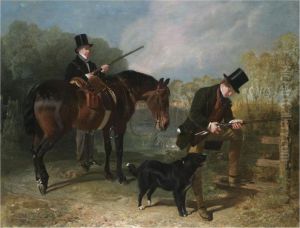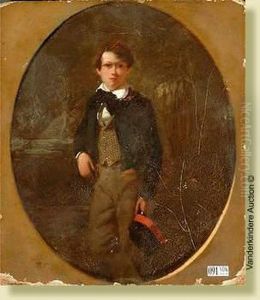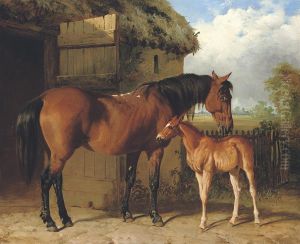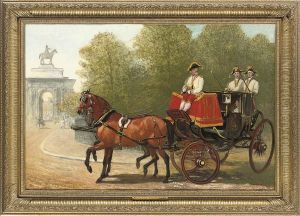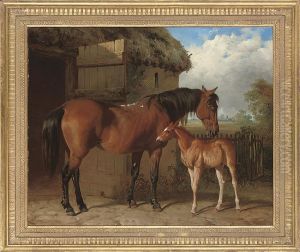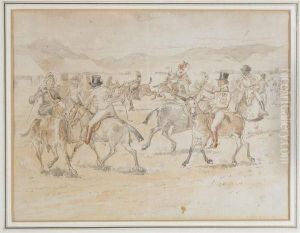Alfred Corbould Paintings
Alfred Chantrey Corbould was a British artist born in 1852, known for his contributions to watercolor painting and illustration. He descended from a lineage of artists, which laid the foundation for his artistic career. His family's artistic legacy, notably his connection to Henry Corbould, a respected illustrator and watercolorist, and Edward Henry Corbould, a painter and illustrator who served as an instructor in painting to Queen Victoria's children, significantly influenced his artistic development.
Alfred's work predominantly focused on equestrian scenes, military subjects, and historical events, reflecting the Victorian era's fascination with chivalry, heroism, and the British Empire's expansiveness. His ability to capture movement and emotion in his paintings and illustrations earned him recognition and admiration during his lifetime.
Throughout his career, Corbould also engaged in book illustration, contributing to the visual culture of the period. His illustrations adorned the pages of numerous publications, bringing to life the narratives with his detailed and expressive style. This work not only highlighted his versatility as an artist but also helped to disseminate his art to a broader audience.
Despite his contributions to British art and the legacy of the Corbould family in the art world, Alfred Chantrey Corbould remains a somewhat less celebrated figure compared to his predecessors and descendants. His death in 1920 marked the end of an era, but his works continue to be appreciated by art historians and collectors who recognize his talent and the role he played in the continuation of the Corbould family's artistic tradition.
In summary, Alfred Chantrey Corbould's life and work embody the vibrancy and diversity of Victorian art. His artistic legacy, characterized by dynamic equestrian scenes and detailed illustrations, offers a glimpse into the era's aesthetic preferences and cultural values, preserving a piece of British art history for future generations to admire.
